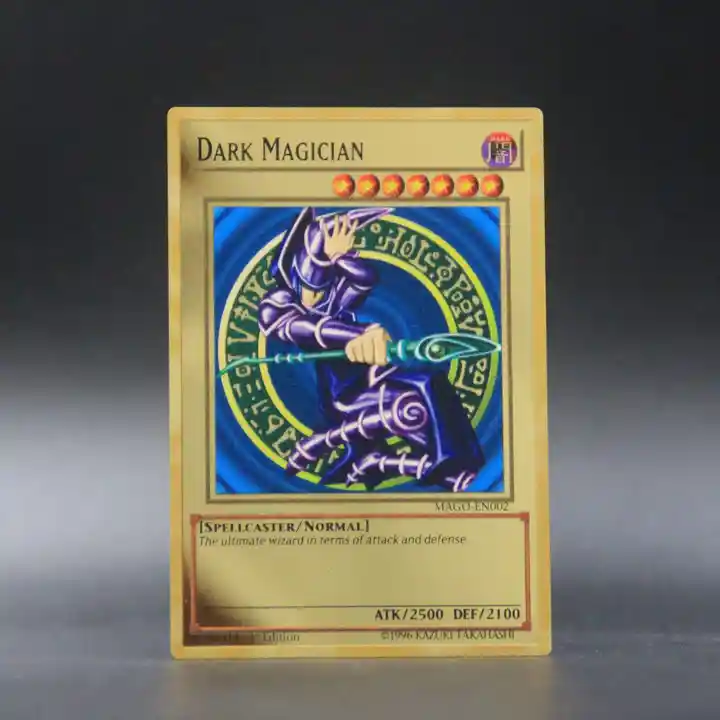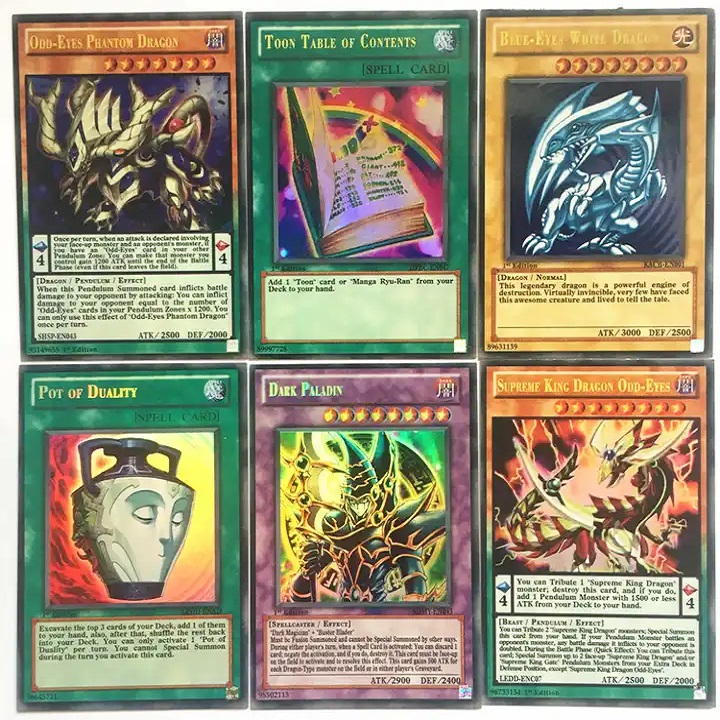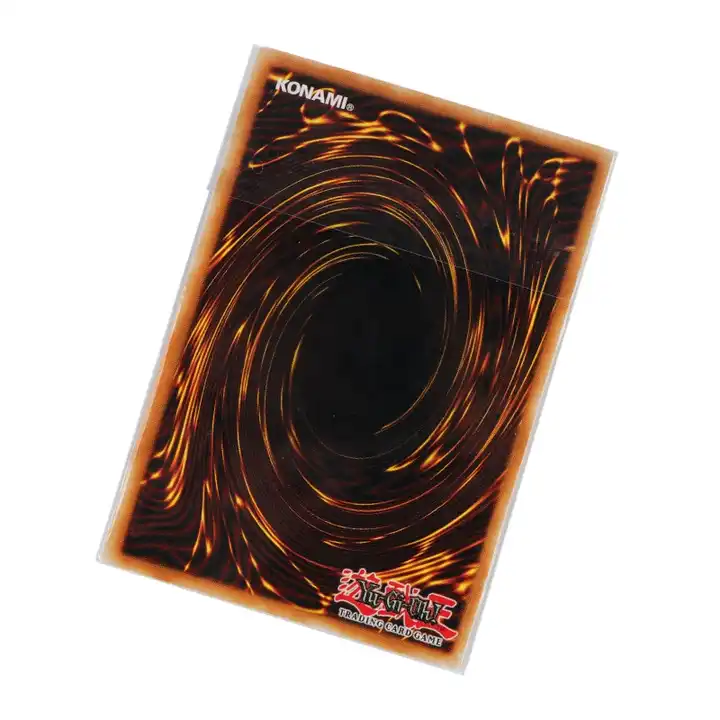Content Menu
● Develop Your Game Concept
● Design Gameplay Mechanics
>> Creating Unique Mechanics
● Create Card Designs
>> Balancing Card Design
● Playtesting Your Game
>> Iterative Testing
● Finalize Card Distribution
● Produce Physical Cards
● Launch and Promote Your Game
>> Building an Online Presence
● Conclusion
● Related Questions
>> 1. What are some popular themes for trading card games?
>> 2. How do I balance my trading card game's mechanics?
>> 3. What should I consider when designing artwork for my TCG?
>> 4. How can I effectively market my trading card game?
>> 5. Is it necessary to have expansions for my trading card game?
● Citations:
Creating a trading card game (TCG) can be an exciting and rewarding endeavor. This comprehensive guide will walk you through the essential steps to design, develop, and launch your own TCG. From conceptualizing the game to playtesting and marketing, we will cover everything you need to know to turn your idea into a playable reality.

Develop Your Game Concept
The first step in creating a trading card game is to establish a clear concept and theme. This involves determining the setting, characters, and overall aesthetic of your game. A strong theme will help differentiate your game from others on the market.
- Choose a Theme: Select a unique theme that resonates with your target audience. This could be fantasy, sci-fi, historical, or something entirely original.
- Define the Setting: Create a rich background for your game world. Consider how the setting influences gameplay mechanics and card design.
- Identify Key Characters or Factions: Decide on the main characters or factions that players will interact with in the game. These elements should be integral to the gameplay experience.
For example, if you choose a fantasy theme, you might include mythical creatures, wizards, and enchanted landscapes as part of your game world.
Design Gameplay Mechanics
Once you have a solid concept, it's time to design the gameplay mechanics that will govern how players interact with the cards.
- Card Types: Determine what types of cards will exist in your game. Common types include:
- Character Cards: Represent players' avatars or creatures.
- Spell Cards: Allow players to cast spells that can affect gameplay.
- Item Cards: Provide equipment or enhancements to characters.
- Game Rules: Establish clear rules for how the game is played. Consider aspects such as turn order, winning conditions, and how cards interact with each other.
- Resource Management: Decide how players will manage resources (e.g., mana, energy) to play cards. This adds strategic depth to your game.
Creating Unique Mechanics
To make your TCG stand out, consider implementing unique mechanics that enhance gameplay. For instance:
- Resource Systems: Many TCGs use resource systems where players must manage their cards as resources. This could involve sacrificing cards for power or using them as currency to play other cards.
- Drafting Mechanics: Introduce drafting mechanics where players select cards from a shared pool, adding an element of strategy and unpredictability.
- Card Cycling: Allow players to cycle through their decks by discarding cards for new ones, keeping gameplay dynamic and engaging.
Create Card Designs
With gameplay mechanics in place, you can begin designing the cards themselves.
- Card Layout: Design a template for your cards that includes spaces for artwork, card name, type, abilities, and flavor text. Ensure that the layout is visually appealing and easy to read.
- Artwork: Commission artists or create your own artwork for the cards. The visual aspect of TCGs is crucial for attracting players. High-quality art can significantly enhance player engagement.
- Card Text: Write clear and concise descriptions of each card's abilities and effects. Avoid cluttering cards with too much text; simplicity often leads to better gameplay experiences.
Balancing Card Design
As you design each card, consider its balance within the game:
- Ensure that no single card is overwhelmingly powerful compared to others.
- Create synergies between different card types that encourage strategic deck-building without making any combination unbeatable.
Playtesting Your Game
Playtesting is one of the most critical phases in developing a trading card game. It allows you to refine mechanics and balance gameplay based on real player feedback.
- Gather Playtesters: Invite friends or members of the gaming community to test your game. Aim for diverse groups to get varied perspectives.
- Observe Gameplay: Watch how players interact with the game. Take notes on any confusion or frustration they experience during play.
- Balance Adjustments: Use feedback to adjust card stats, abilities, or rules as necessary. Balancing is key to ensuring no single card dominates gameplay.
Iterative Testing
Playtesting should be an ongoing process throughout development:
- Conduct multiple rounds of testing with different groups.
- Use online platforms or local gaming events to reach more players.
- Be open to making significant changes based on feedback; sometimes fundamental aspects may need rethinking after seeing them in action.
Finalize Card Distribution
After extensive playtesting and adjustments, it's time to finalize how cards will be distributed in your game.
- Rarity System: Establish a rarity system for your cards (common, uncommon, rare). This adds excitement for players who collect cards.
- Deck Construction Rules: Define rules regarding deck size and composition. For example, players might need a minimum of 40 cards in their decks with specific limits on certain powerful cards.

Produce Physical Cards
If you plan on selling or distributing physical copies of your TCG, you'll need to produce high-quality printed cards.
- Printing Options: Research companies that specialize in printing custom playing cards. Ensure they can deliver high-quality products that reflect your designs accurately.
- Packaging: Consider how you will package your cards for sale (booster packs, starter decks). Attractive packaging can enhance appeal and drive sales.
Launch and Promote Your Game
With everything in place, it's time to launch your trading card game!
- Marketing Strategy: Develop a marketing plan that includes social media promotion, participation in gaming conventions, and outreach to influencers in the tabletop gaming community.
- Community Engagement: Foster a community around your game by creating forums or social media groups where players can discuss strategies and share experiences.
- Expansion Plans: Consider future expansions or updates to keep players engaged with new content over time.
Building an Online Presence
In today's digital age, having an online presence is crucial:
- Create a website dedicated to your TCG where players can learn about the game, view card galleries, and access rulebooks.
- Utilize social media platforms like Twitter, Instagram, and Facebook to engage with fans and share updates about new releases or events.
- Consider streaming gameplay sessions on platforms like Twitch or YouTube to showcase your game in action and attract new players.
Conclusion
Creating a trading card game involves several steps from concept development through production and marketing. By following these guidelines and remaining open to feedback during playtesting, you can create an engaging TCG that resonates with players. Remember that flexibility during development is key; sometimes ideas evolve into something greater than initially envisioned through collaboration and iteration.

Related Questions
1. What are some popular themes for trading card games?
Popular themes include fantasy (like Magic: The Gathering), sci-fi (such as Star Wars), horror (like Zombie-themed games), historical settings (like ancient civilizations), and unique original concepts that blend various genres together.
2. How do I balance my trading card game's mechanics?
Balancing mechanics involves extensive playtesting with diverse groups of players. Gather feedback on which cards feel too powerful or weak and adjust their stats or abilities accordingly while ensuring all aspects of gameplay remain engaging.
3. What should I consider when designing artwork for my TCG?
Consider hiring skilled artists who understand your theme and style preferences while ensuring that artwork is vibrant and appealing without overwhelming card text or layout design.
4. How can I effectively market my trading card game?
Utilize social media platforms for promotion, engage with gaming communities online, attend conventions for exposure, collaborate with influencers in tabletop gaming spaces, and create promotional materials like videos showcasing gameplay mechanics.
5. Is it necessary to have expansions for my trading card game?
While not strictly necessary at launch, expansions can keep player interest alive by introducing new mechanics, themes, or storylines over time—ensuring ongoing engagement within your game's community.
Citations:
[1] https://www.vanityslabs.com/blogs/blog/how-to-make-a-trading-card-game
[2] https://remptongames.com/2023/09/23/from-concept-to-card-how-to-design-an-epic-tcg-set/
[3] https://www.youtube.com/watch?v=goOS0kCwcVc
[4] https://www.qinprinting.com/blog/create-a-custom-card-set-to-sel/
[5] https://www.instructables.com/How-to-make-your-own-TCG-Trading-Card-Game/
[6] https://www.youtube.com/watch?v=boZJl-FFw6A
[7] https://www.reddit.com/r/gamedesign/comments/qs4hqm/trading_card_game_theory/
[8] https://prime.wiki/beginners-guide-series-tcg-history-and-game-mechanics/
[9] https://www.ducksauce.games/blog/how-to-design-a-card-game
[10] https://tabletopbellhop.com/gaming-advice/game-mechanics/
































